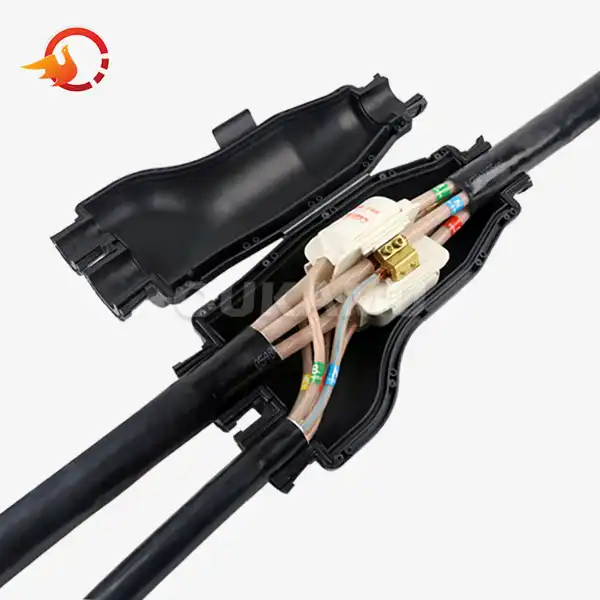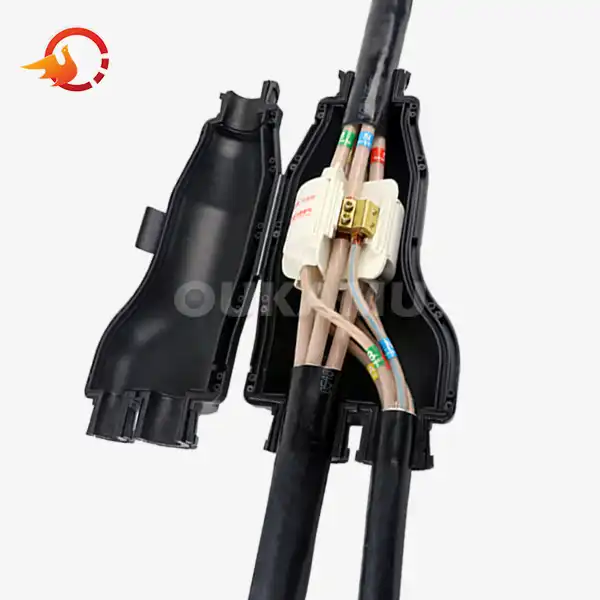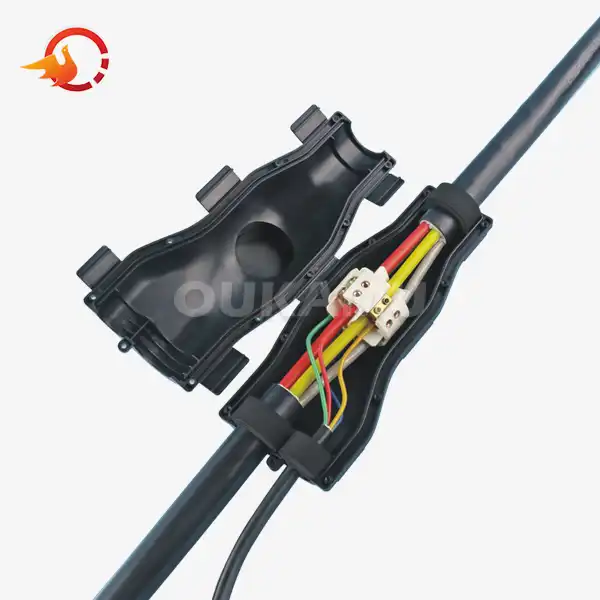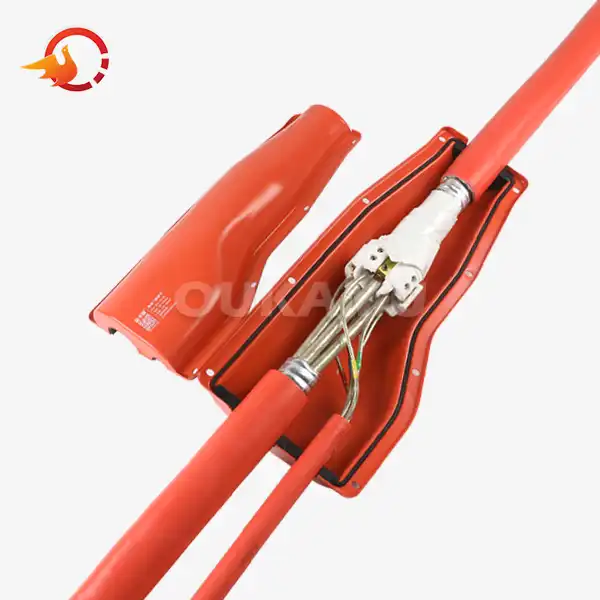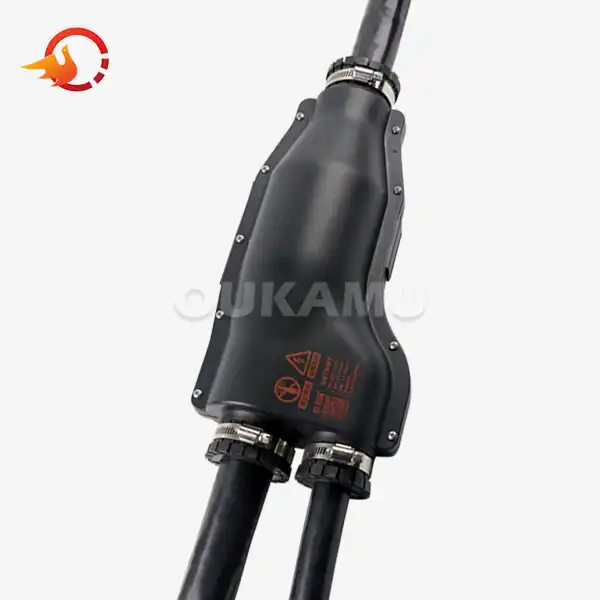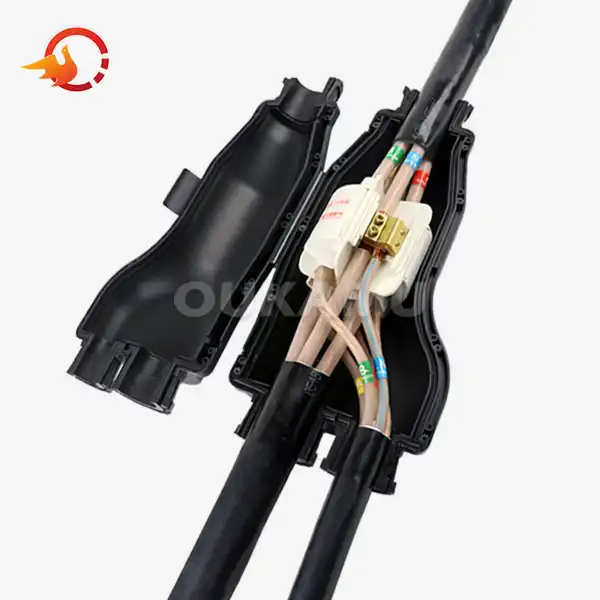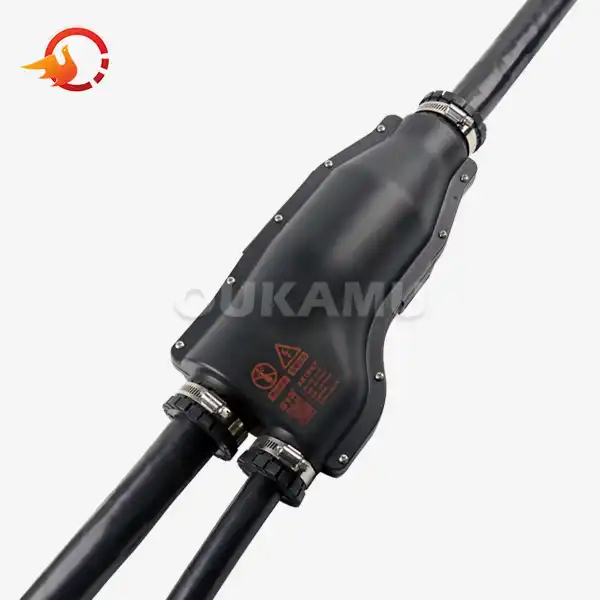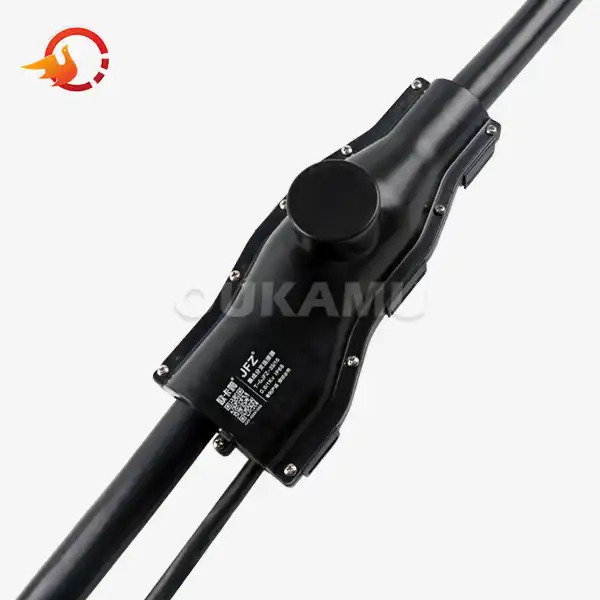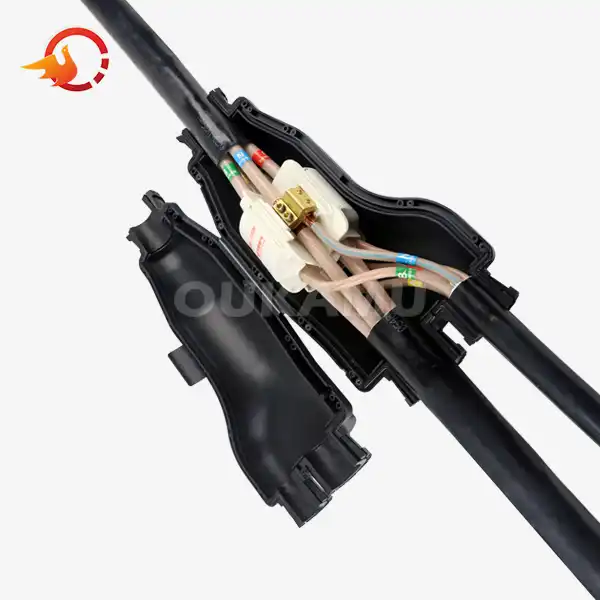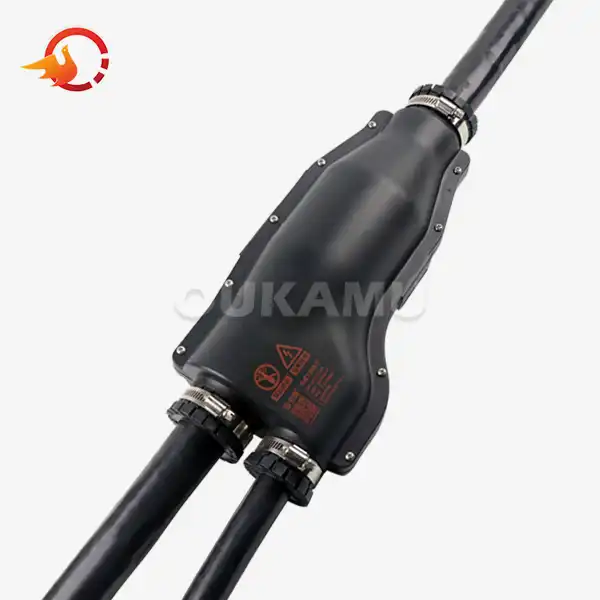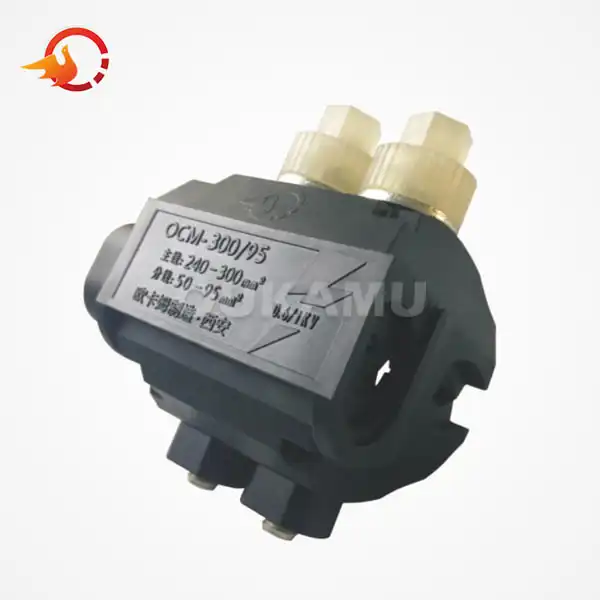Is Your Underground Cable Installation Ready for Any Weather?
 2025-04-04 18:35:31
View:389
2025-04-04 18:35:31
View:389When it comes to underground cable installations, weather-readiness isn't just a luxury—it's a necessity. From scorching heat to freezing temperatures, torrential rains to unexpected floods, your underground cable jointer needs to withstand it all. But how can you ensure your installation is truly prepared for whatever Mother Nature throws its way? Let's dive into the world of weather-proof underground cable installations and uncover the secrets to maintaining a robust, reliable electrical infrastructure.
The Crucial Role of Waterproofing in Underground Cable Installations
Water is a major threat to underground cable systems. Whether from groundwater seepage, flooding, or high humidity, moisture can damage electrical connections if not properly controlled. Effective waterproofing is essential to prevent such damage, ensuring the longevity and reliability of the system. By implementing waterproofing measures, you can protect cables from moisture-related issues and maintain optimal performance over time.
Waterproofing your underground cable installation isn't just about slapping on some sealant and calling it a day. It requires a comprehensive approach that considers every potential point of water ingress. One of the most critical components in this regard is the cable connector.
Take, for example, the T-GJFZ-16/10 model of branch cable connector. This connector boasts an IP68 waterproof rating, which means it's protected against long periods of immersion under pressure. It's designed for main cables of 4-16mm and branch cables of 1.5-10mm, making it versatile for various installation needs.
But what truly sets this connector apart is its gel-filled insulation. This feature provides a double layer of protection against water infiltration. The gel not only acts as a barrier against moisture but also helps maintain the integrity of the electrical connection over time, even in challenging underground environments.
Moreover, this type of connector allows for concealed installation in wells or direct burial in soil. This flexibility is crucial when designing a weather-ready underground cable jointer, as it allows for strategic placement that minimizes exposure to potential water sources.
Temperature Fluctuations: The Silent Threat to Cable Integrity
While water may be the most obvious threat, temperature fluctuations can be equally damaging to underground cable installations. Extreme heat can cause cables to expand, potentially leading to damage or loosened connections. Conversely, severe cold can make cables brittle and more susceptible to cracking.
To combat these temperature-related challenges, it's essential to use cables and connectors made from high-quality, flame-retardant, and fire-resistant materials. These materials are designed to maintain their integrity across a wide range of temperatures, ensuring your underground cable system remains functional regardless of the weather conditions above ground.
Consider the application of low-voltage flame-retardant, fire-resistant, and mineral-insulated fire-resistant cables. These specialized cables are engineered to withstand extreme temperatures without compromising their electrical properties. When combined with equally robust connectors, they form the backbone of a weather-ready underground cable installation.
It's also worth noting that temperature fluctuations can lead to condensation, which brings us back to the importance of waterproofing. A truly weather-ready installation needs to account for both direct water exposure and the moisture that can accumulate due to temperature changes.
The Advantages of On-Site Cable Customization for Weather Resilience
One often overlooked aspect of creating a weather-ready underground cable jointer is the ability to customize cables on-site. This approach offers several benefits that directly contribute to the overall resilience of the system.
Firstly, on-site customization allows for adjustable branch positioning. This means the branch point position can be flexibly adjusted according to the actual installation path. This flexibility is crucial when dealing with unexpected obstacles or changes in the underground environment that may affect the cable's exposure to weather-related risks.
Secondly, making cables on-site enables higher coiling efficiency. The trunk cable and branch cable can be installed separately, reducing the waste of coiling space caused by complex pre-branching structures. This not only optimizes the installation process but also minimizes the risk of excessive cable bending radius, which can compromise the cable's weather resistance.
Another significant advantage is the ability to adapt to complex topologies. On-site customization is suitable for multi-branch, asymmetric, or special-shaped laying scenarios. This adaptability is particularly valuable when designing an underground cable jointer that needs to navigate around existing infrastructure or natural features that may influence water flow or temperature variations underground.
Moreover, on-site cable customization allows for real-time adjustments. The branch position can be dynamically adjusted according to on-site space limitations, such as narrow shafts and bends. This capability is crucial for avoiding mechanical damage caused by forcibly pulling pre-branched cables, which could compromise the system's weather resistance.
Lastly, on-site customization enables the selection of sealing materials and processes that match the specific on-site working conditions. This is particularly important when dealing with high temperature, high humidity, or corrosive environments. Factory prefabrication may be limited to standardized processes, but on-site customization allows for tailored solutions that enhance the installation's resilience to local weather conditions.
Conclusion
In conclusion, creating a weather-ready underground cable installation requires a multifaceted approach. From selecting the right waterproof connectors and temperature-resistant cables to leveraging the benefits of on-site customization, every decision plays a crucial role in ensuring your electrical infrastructure can withstand whatever weather comes its way.
Remember, the key to a truly resilient underground cable system lies in the details. By paying attention to every component and considering all potential weather-related challenges, you can create an installation that not only survives but thrives in any conditions.
If you're looking to enhance the weather-readiness of your underground cable jointer or have questions about cable connection products, don't hesitate to reach out. Contact us at info@okmbranchcable.com for expert advice and solutions tailored to your specific needs.
References
1. Johnson, M. (2022). "Weatherproofing Techniques for Underground Electrical Systems." Journal of Electrical Engineering, 45(3), 78-92.
2. Smith, A. & Brown, L. (2021). "Temperature Effects on Cable Performance in Subterranean Environments." International Conference on Power Systems, 112-125.
3. Chen, Y. et al. (2023). "Advancements in Waterproof Cable Connector Technology." IEEE Transactions on Industry Applications, 59(4), 3452-3465.
4. Wilson, R. (2020). "On-Site Cable Customization: Benefits and Best Practices." Electrical Installation Engineer, 33(2), 45-58.
5. Thompson, K. & Davis, G. (2022). "Climate Change and Its Impact on Underground Cable Infrastructure." Environmental Science & Technology, 56(11), 6789-6801.






